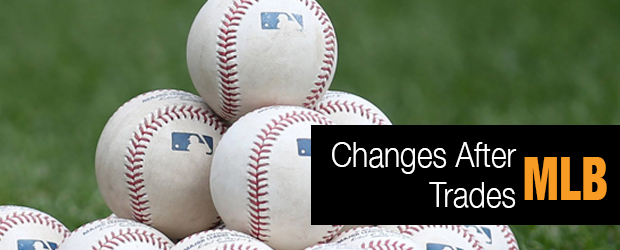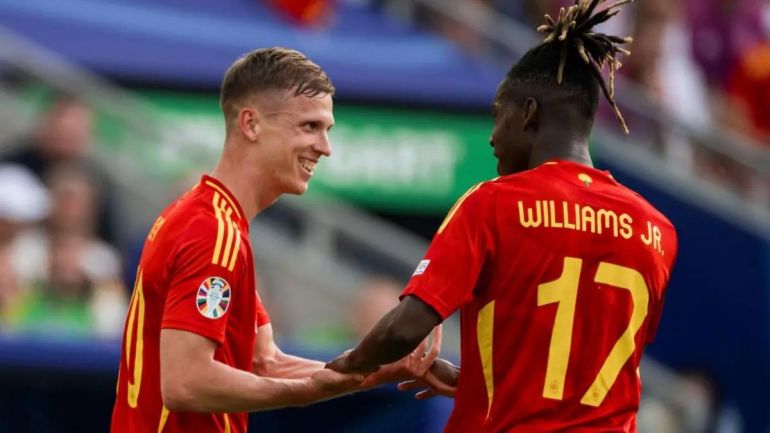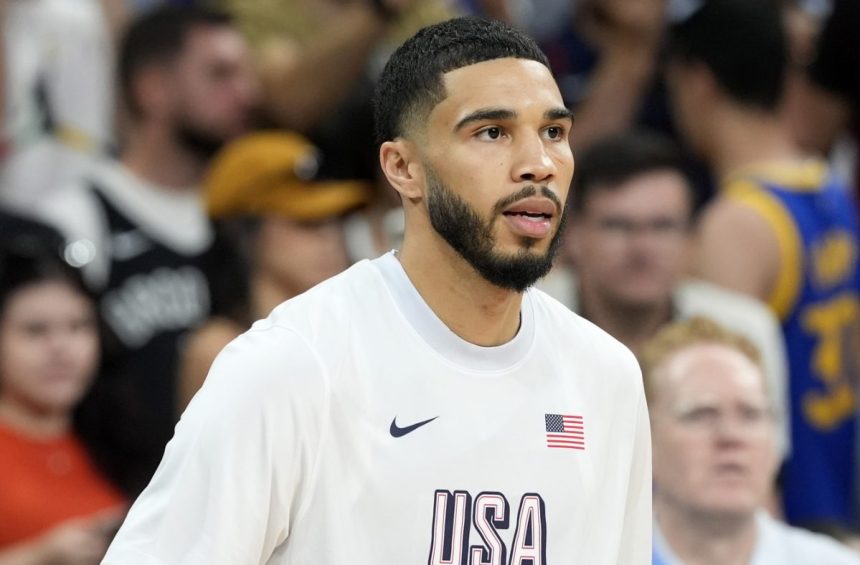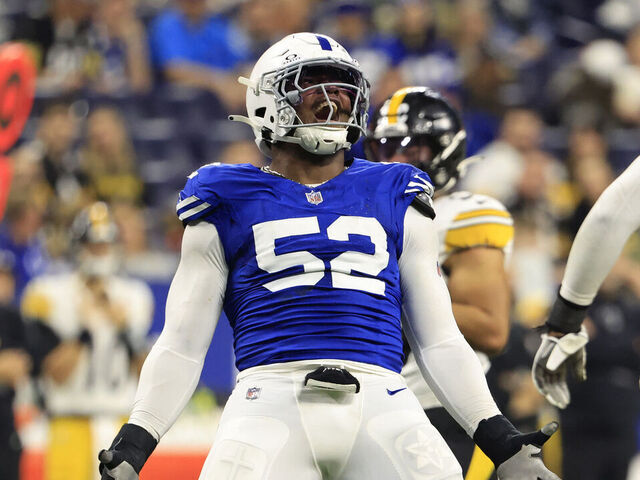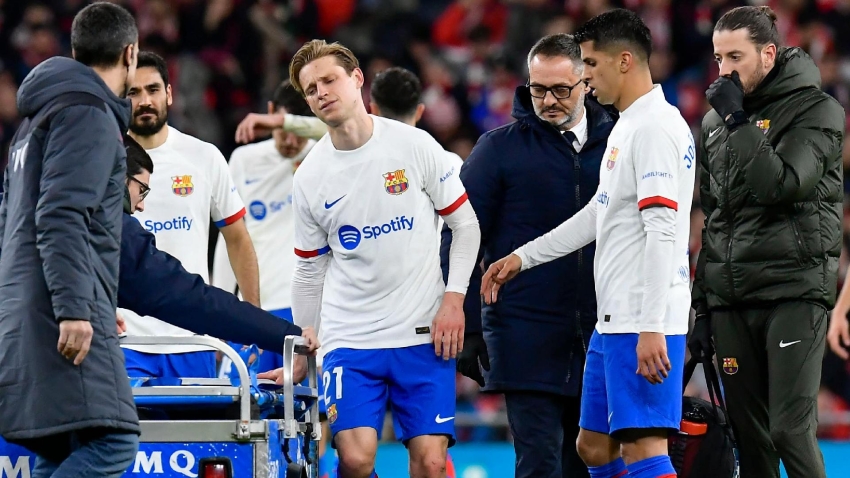Last Monday the non-waiver trade deadline has come and gone, leaving teams to play with their new toys or wonder what might have been. What the trade deadline always does is dramatically change some teams, though often not as dramatically as we’d imagine.
Let’s start with the Rangers/Brewers deal. The Rangers added a starting catcher, an outfielder with some pop, and a power bullpen arm. The Brewers, on the other hand, dropped two of their top bullpen arms, their catcher, and didn’t get much that’s major league ready. But the Rangers were already good and the Brewers were already bad. That’s why they were buyers and sellers, respectively.
One of the main problems throughout the league is the projection model used to give playoff chances. The team that played April through July is not the one that will play August through (potentially) October. Same way as injuries or even an unexpected call-up can alter things.
Right now, the American League is slightly unsettled. There are eight teams with a 20 percent chance or higher fighting for just five slots. What about the other seven? They have no higher than a five percent chance. The AL East, as expected, is tight with the Blue Jays (75.5), Orioles (63), and Red Sox (55) all fighting it out. Davenport expects all of them to finish between 87 and 89 wins, so the slightest difference in the deals or their players could be a huge difference. This is a case where one win, let alone 1 WAR, could make all the difference. The upside is that Davenport’s model has both Wild Cards coming from the division.
That leaves the AL Central a two-way battle, led strongly by the Indians (82) over the Tigers (52.) While a five-game difference in the standings now should hold, the Tigers are only a half-game projected back from the Red Sox, which means they too have to take every game and every contribution they can. We have to assume that the Indians deals (and deals that didn’t happen) will be key as well. They have the projected home field advantage, but again it’s razor sharp.
The AL West is more fixed, but the Rangers lead over the Astros isn’t insurmountable. The Astros still win the division in 26 percent of those million simulations. Adding to their team helps the Rangers while the stand-pat from the Astros is going to make things tougher. The Mariners remain “in”, with a 20 percent shot at the playoffs, but they’ll need quite the run. Again, the projected spread over all playoff teams is just four games, so everything will count when it comes to home field.
The NL, as it has been all season, is much more settled. Seven teams have less than a 2 percent chance, so we’ll have some lovely parting gifts for them. The divisions are all but settled as well, with the Nationals (83) and Cubs (94) running away from their competition. The Giants and Dodgers are very close, but not how you’d expect. The Dodgers have a better projection to win the division (58 percent to the Giants’ 41), while both are over 85 percent to make the playoffs.
The Wild Card is where the late season NL action will be. The Pirates may have
looked like sellers because they understand an 18 percent chance isn’t a good one this year and they’ve always taken the long view. That leaves the NL West runner up, the Cardinals, Mets, and Marlins competing for two slots. Davenport’s model has it going to the Giants (91 wins), and then a dogfight between the Mets and Marlins, who are 0.2 wins apart in the projection. We know that won’t happen in the real world, but that shows just how close this is, even over a million simulations. The Cards are just behind and bear watching as well.
So if the playoffs started today, where would your money go? Sign up now at http://heritagesports.eu

